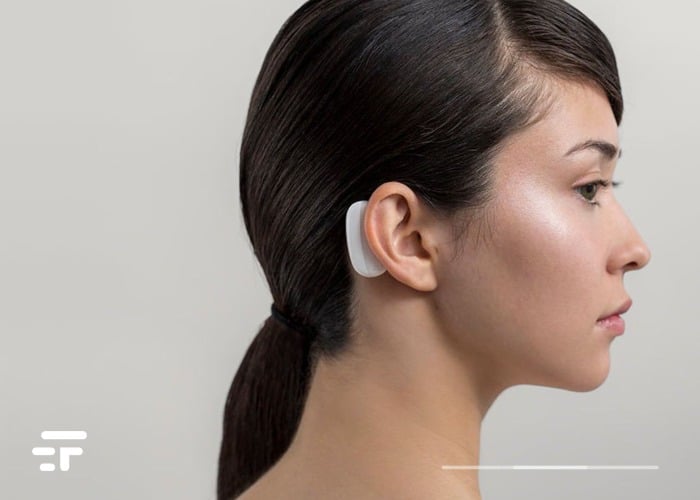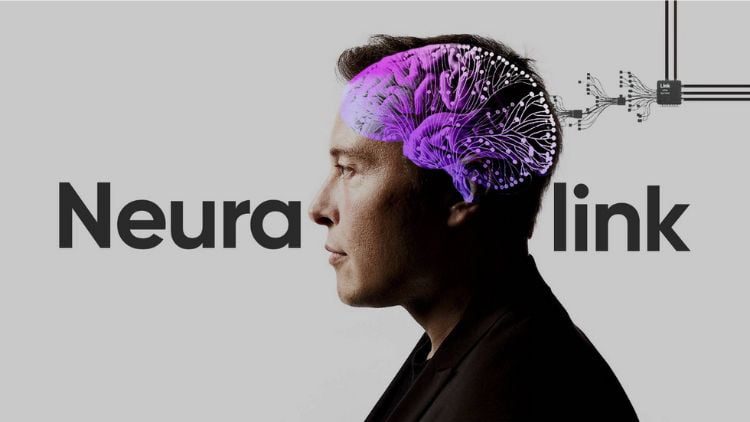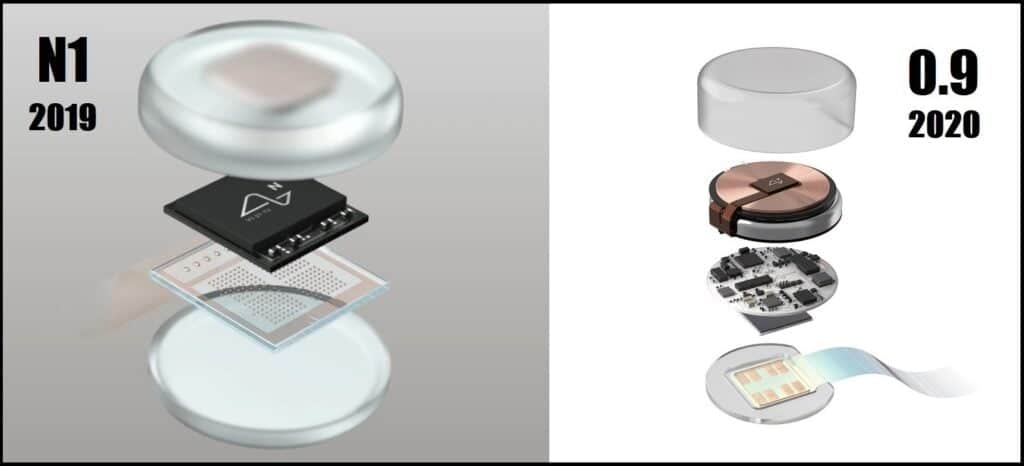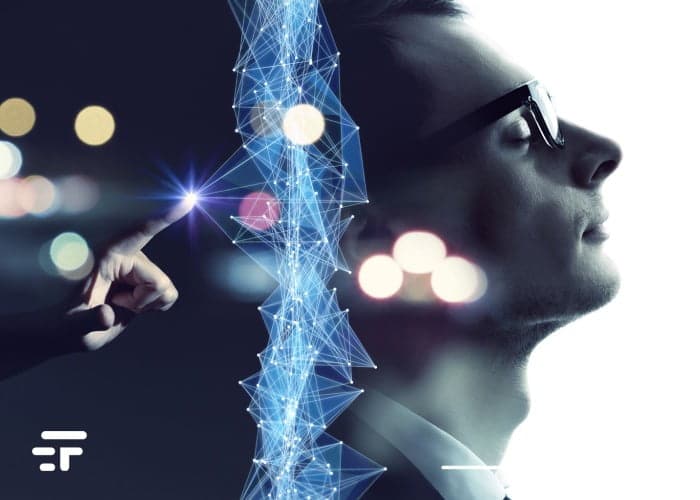A few weeks ago Dr. Ray Kurzweil addressed a private audience at Singularity University, providing an update (unsolicited and unscheduled) on Neuralink's brain implants: they will eventually change the way we think. In the long run, they will change the way we perceive the world.
It will not be a struggle between man and machine but an important synergy, assures Kurzweil. We will truly put our mind in a cloud: just as today a smartphone expands its possibilities by connecting to a network, our mind will improve its performance by accessing a cloud.
Our mind will conceive hybrid thoughts between the natural ones coming from us and those coming from the cloud. Too radical? Of course. And even premature: but the companies that work on neural implants think about this too. And Neuralink appears to be among those further ahead.

At what point is Neuralink?
It seems like yesterday, but Musk's company has been around since 2019, first with caution, then with an 'unveiling', surprising announcements (a monkey playing Pong using the mind) and controversial (how many monkeys were used for the tests? Did they suffer?). From 2019 to today, the suspicion is that Neuralink has worked along two lines: one is that of the actual improvement of the systems. The other is that of social acceptance.
These are clearly two interconnected elements: miniaturizing and perfecting the machine is necessary and must be done alongside the development of a more acceptable design. An aspect that, as it was for the first iPhone in 2007, aims to become iconic and capture attention.
For this, Musk hired an industrial and digital design studio called Card79. This group of talented visionaries designed a brain machine interface concept for neuralink that focused on a balance between comfort, discretion and ease of use.

The voices inside
To develop the implant, the design studio looked at different ear shapes. And (consistent with the current state of technology, still not exactly “invisible”) they have conceived a design that fits behind the ear and acts as an interface between your brain and the cloud. The latest development already seems much more comfortable and discreet, but still resembles one of the first bulky hearing aids.
More interesting (at least for now) is to see the demonstration video that Card79 produced a year ago with the aim of showing some examples of use of the system. It will allow people to ask questions to an "internal" voice assistant (a bit like having Alexa, but directly in mind) accessing information very quickly. Even services such as maps, weather news and more would be accessible without consulting a smartphone anymore.
The video came out a little quietly, it only has a few hundred views, but it's pretty interesting (and a little disturbing).
One day in the mind
The video “follows” a man through a normal day as he interacts with his personal AI called EVA, who interacts with him through his mind. What if someone “spyes”? The scenario foresees that there is an encrypted connection between a person and his implant: no (safe?) risk that our "inner" dialogue will be stolen.
EVA, as a perfect collaborator would do, explains his vital parameters to the man. “You slept well, even if a little less than usual. Maybe a cooler room would help: Let's try to regulate the bedroom temperature tonight. You have an incoming message from Brian, Janice wants to chat with you. Silence phone calls and notifications until 11:30.”
My God, will it be a voice speaking in the head? Apparently not: more of a thought, like the ones we have today. And it could be turned off, perhaps with a mobile phone app. It still sounds a little too “loud”, at least for my generation.

What more?
The possibilities are endless: adding a sort of cybernetic "second consciousness" to ours will "challenge" us to fight for our part, avoiding succumbing to a "supermind" that knows everything and provides us with every piece of data without effort.
Cooked? Well, “suggested” step by step recipe. Mentalized, pass me the term. Knot in the tie? Yes, now I know how to do it. Yes, I don't forget that Musk's startup was created mainly for medical purposes, to cure various pathologies: the first, scheduled for 2027, is tinnitus. It might already be worth the price of the ticket, at least for those who are forced to hear a deafening whistle all day.
Lights and shadows of a 'second mind'
How will our work change? And our creativity? Hard to imagine. And going forward, a more advanced future version will be able to suggest people solutions, answers, products based on their mood, personalizing their experience in ways we can't even predict.
And risking, to use Yuval Harari's words, "hacking" a human being.
According to Kurzweil, we shouldn't be too alarmed: I say that there are very strong signs of an incredible growth in artificial intelligence, and they will continue to grow beyond belief. To accommodate changes as profoundly invasive as a brain implant we will have to work hard. And then, as our intelligence amplifies through computing, we will have to prepare for entirely new ways of living.


